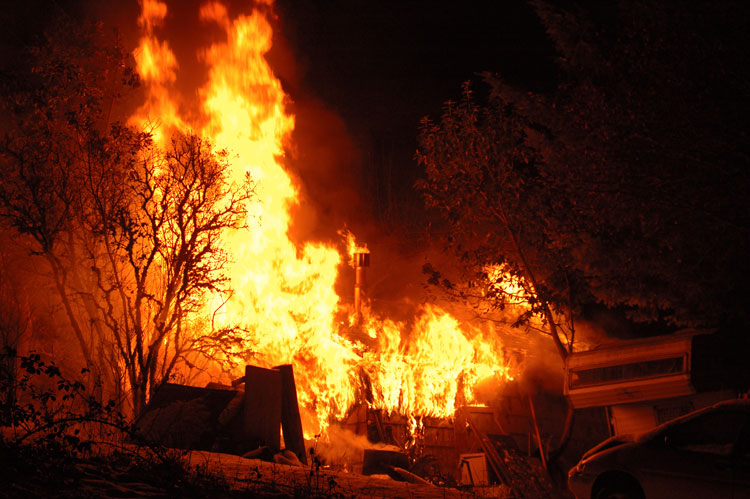
With winter comes new struggles in maintaining a dairy: fixing frozen pipes and alley scrapers, managing icy conditions for animals and employees, and even moving supplies and equipment through deep snow. But a challenge that might be overlooked is one of warmth, not cold.
Barn fires in North America occur predominantly in the winter months, says a report recently released from the University of Guelph. This is when supplemental heating may be necessary, and those systems could cause problems if they malfunction or aren’t handled properly. Of course, barn fires can also result from lightning, wildfires, electrical problems, or a variety of other year-round problems.
The destruction of any kind of fire is something that no one wants to experience. The Animal Welfare Institute estimates that nearly 5,000 cows have been killed in barn fires in the U.S. since 2013, and the emotional and economic impacts of losing a barn are devastating. So, no matter what might cause a fire, the cooler months can be an opportune time to look at minimizing those threats.
Protecting against a fire
How do we begin to prepare a farm against fire? The report offers some tips that can be helpful for producers to evaluate what aspects of their operation might need to be addressed.
• Ensure barn electrical systems are checked annually by an electrician.
• Don’t keep fuel tanks stored near barn walls that contain electrical wires.
• Encourage the appropriate handling and disposal of all open flames, like cigarettes and welding equipment.
• Furnish barns with fire extinguishers and train employees to use them.
• Consider installing smoke detectors.
• Work with your veterinarian to develop a disaster plan. It should include guidelines for animal care, evacuation strategies, and potential emergency shelter options for both short- and long-term scenarios.
If things go wrong
If the unimaginable were to happen, the safety of employees and animals must be of the highest concern. To minimize a fire’s physiological damage on the herd, follow these strategies.
• Consult with your veterinarian for immediate animal triage and aftercare measures.
• Evaluate skin, mucosal, and respiratory conditions to assess animal welfare.
• Observe all rescued animals for several days afterward. The full extent of burns may not be realized until all debris has settled.
• Euthanize animals with extensive burns.
• Realize that evacuation of all animals might not be possible in every scenario. Prioritize the rescue of animals that are easy to reach, but above all, keep your farm staff safe.
Barn fires are one of the most common emergency disasters in the dairy industry, but everyone thinks, “It won’t happen to us!” Use these precautions to help make sure it doesn’t.








